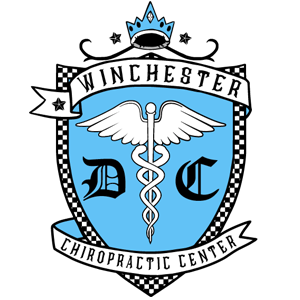Chiropractic is a profession that specializes in the diagnosis and treatment of conditions, which are caused by mechanical dysfunction of the spinal and extremity joints and their effects on the nervous system. When the bones of your spine are not moving properly, or are out of their normal position, irritation to the nerve or pain in the joints may occur. Chiropractic care and the adjustment/manipulation of the spine restores the proper position and movement the bones and joints within the spinal column and/or extremities.
Headaches are a sign that something's wrong and chiropractic treatment can be very effective in treating many types of headaches. It is estimated that 20 to 30
percent of adults have more than one episode of tension-type headache a month. Over 17 percent of those with frequent headache meet diagnostic criteria for
cervicogenic headache. Headaches result in a significant number of missed work days each year and can have an untold negative impact on the personal lives of
headaches sufferers.
Your spine supports your body weight, aids in movement, and serves as a passageway for your spinal cord and nervous system. The spine is made up of 25 bones, or vertebrae, that are individually designed for specific roles. Each vertebrae is separated by a tough disc that cushions the bones and allows flexibility and movement. The spine as a whole, with its many bones and discs, is capable of very large motions. But each individual joint by itself allows only a few degrees of movement. Therefore, when one vertebra is not moving properly, the entire spinal column can be affected. This condition can lead to pain, disability, degenerative changes, arthritis, stiffness or nerve problems.
Because mechanical loading of the neuro-musculoskeletal tissues plays a vital role in influencing proper growth, repair and healing, chiropractic rehabilitative care should focus on the normalization/minimization of abnormal stresses and strains acting on spinal tissues. Spinal and extremity manipulation alone is not enough. Therefore, postural chiropractic adjustments and manipulation, active exercises and stretches, resting spinal blocking procedures, traction and ergonomic education are deemed necessary for spinal rehabilitation. Chiropractic care is effective with a wide variety of conditions and for patients of all ages.

